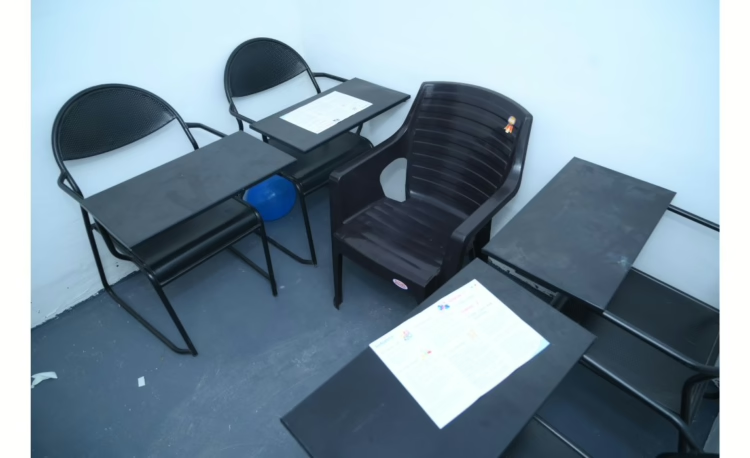1. More one-on-one time.

In our 4-student class, it stands to reason that each student will have more individual face time with their teacher. This type of educating is critical, both for development of skills and for inspiring students. With more one-on-one time with their teacher, students are certain to have a greater sense that their teacher cares for them, and when students feel like someone they look up to cares about their work, they excel.
2. Students can’t hide.

Each Student Gets Noticed: In a smaller class, it’s more difficult for students to hide and get left behind. Having fewer students means that each one can get the attention they need from their teacher. They are also encouraged to take part in discussions and driven to express their opinions.
3. Easier to identify issues.

In large classes, teachers can struggle to identify where problems might be arising, and then because their time is so valuable, they further struggle to adequately address these issues. When a teacher has 30 essays to grade, they will spend less time on each one and potentially glaze over flaws in writing skills that could be fixed with minimal instruction. Within these kinds of spaces, where teachers are spending too little time watching for and addressing individual issues, students begin to slip through the cracks.
4. Teachers Can Teach.

Teachers at the front of a small class have more opportunities to observe and assess the class as a whole and the students as individuals. Learning is further enhanced when teachers and students can interact spontaneously in the classroom.
5. Students are more engaged.

When students have a strong relationship with their teacher and know they are responsible for their work and level of participation, they are bound to be more engaged with the curriculum. This has two roots: first, students are in an environment where engagement and quality work is simply expected of everyone – it becomes something of a cultural norm; second, when students have strong relationships with teachers – when they care what their teacher thinks of their performance – they are certain to produce better work.
6. Go faster.

Not only do students learn more in small classes, but they also learn faster. And this means the class progresses through the course material more quickly. Their learning is enhanced by the confidence that students develop. They are encouraged to share their opinions and ask and answer questions, which also benefits their peers.
7. Much less chaotic.

In a 4-student class, there will simply be less noise – it’s a matter of physics. Furthermore, it will be easier to avoid letting the group get out of hand, and as mentioned in #3, it is vastly easier to identify issues as they arise, thus ensuring a tranquil learning environment. And with a peaceful class, all of the other benefits presented above are amplified.
8. It’s easier on the teachers.

The above reasons are a list of the pedagogical benefits of smaller class sizes, but in aggregate they make for better, more productive, and easier-to-manage environments for the teachers. When teachers are given the space to be productive in a positive and peaceful class, they are simply happier and better at their jobs. The “grind” becomes less of one, teachers last longer in the field, and there is ultimately a net benefit for the field of education when teachers are happier.
9. Research shows tremendous benefits to small classes.

Don’t just take our word for it – the vast majority of research shows that students perform better in all subjects, at all levels, in smaller classes. Furthermore, the research points to other benefits of smaller class sizes besides those listed here, including long-term performance benefits and greater teacher retention.
With so much evidence in favour of small class sizes, don’t we owe it to students and teachers to make sure education occurs in the more constructive environment that smaller classes allow for? For better academic results, happier teachers, and ultimately a more educated society, promoting smaller classes should be a priority for teachers, parents

